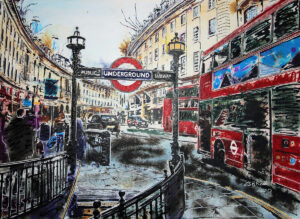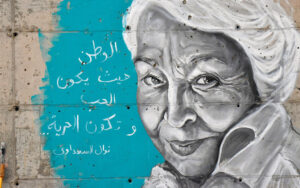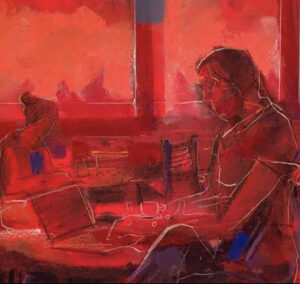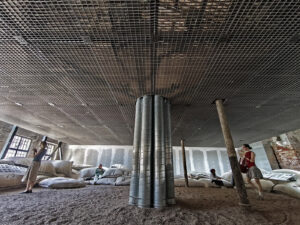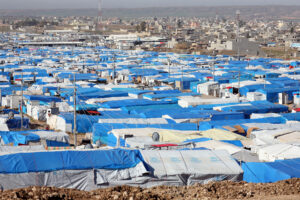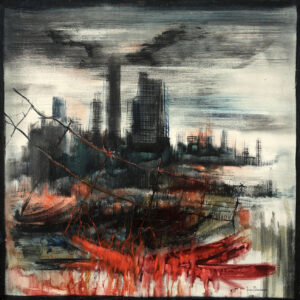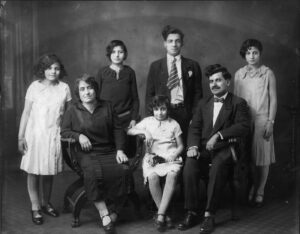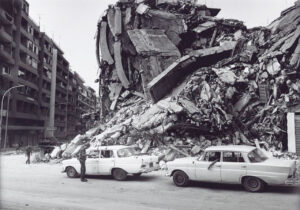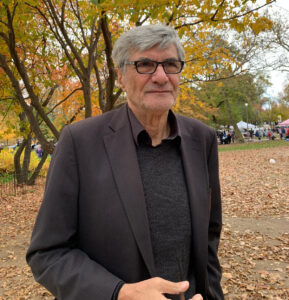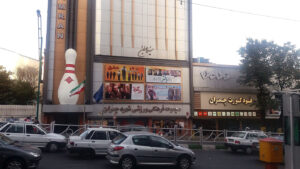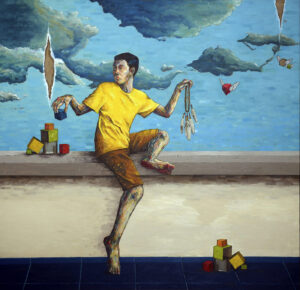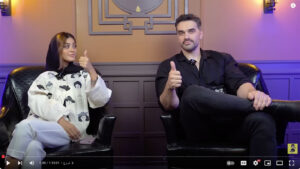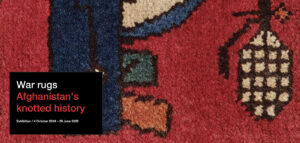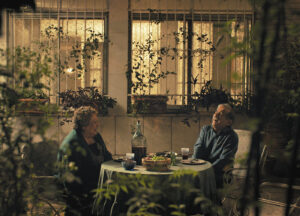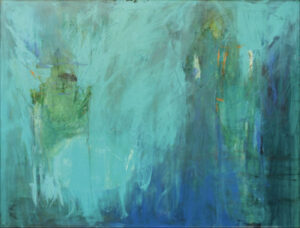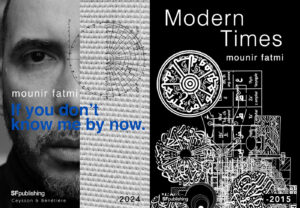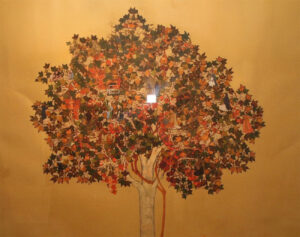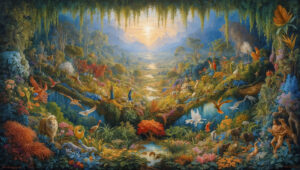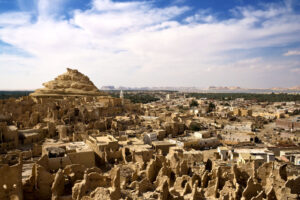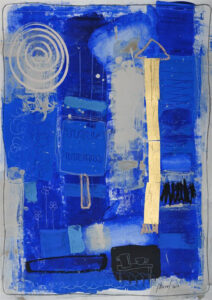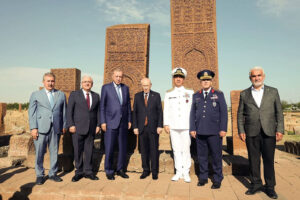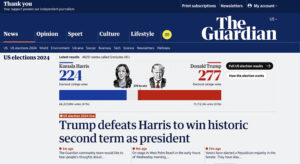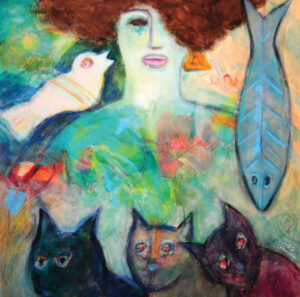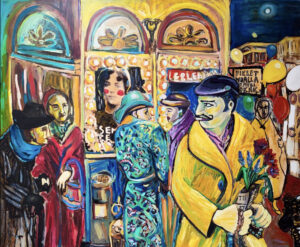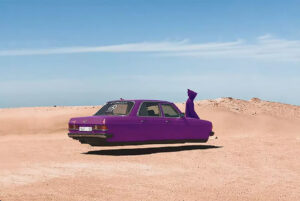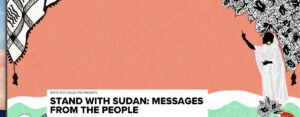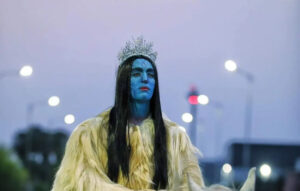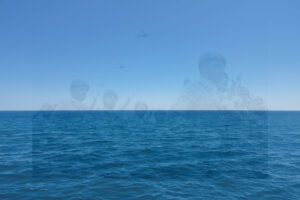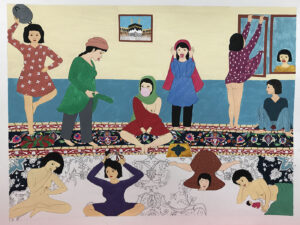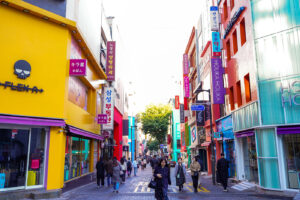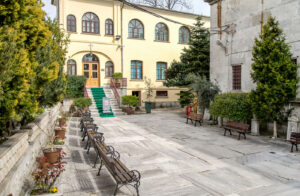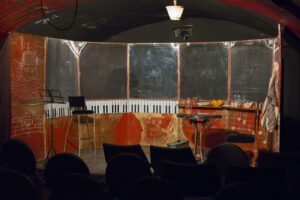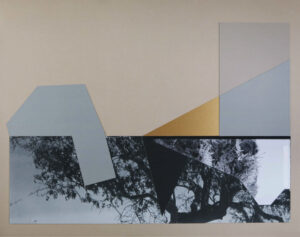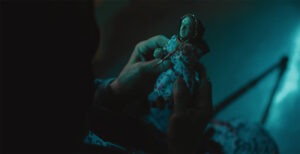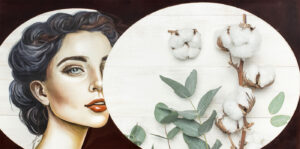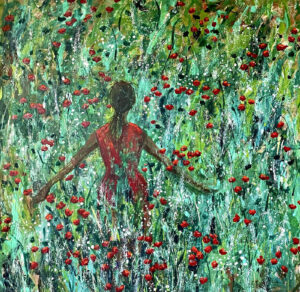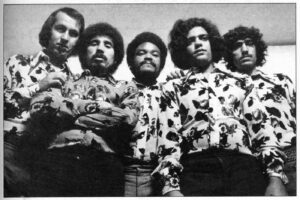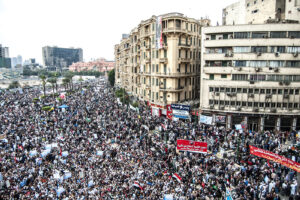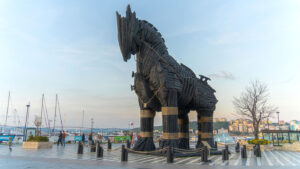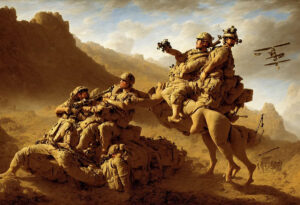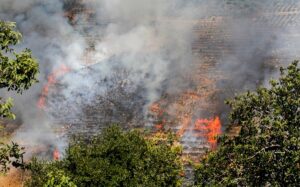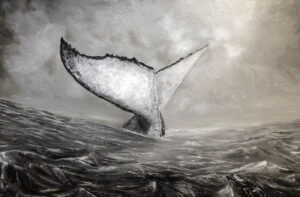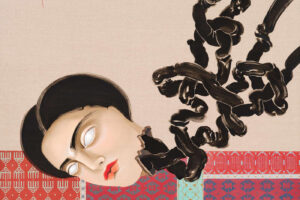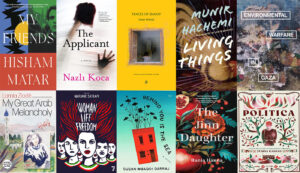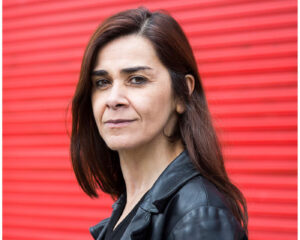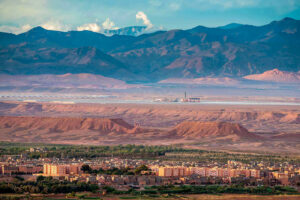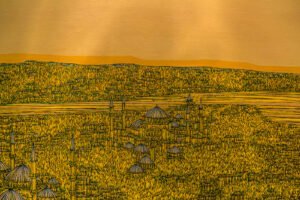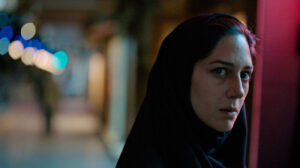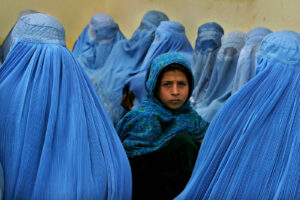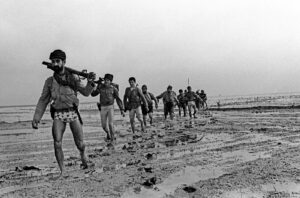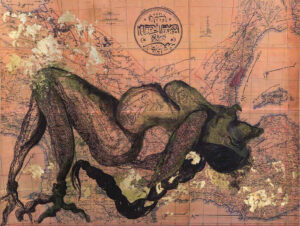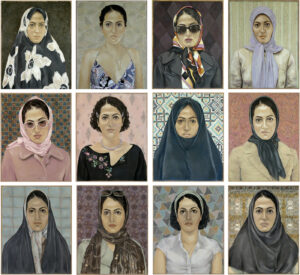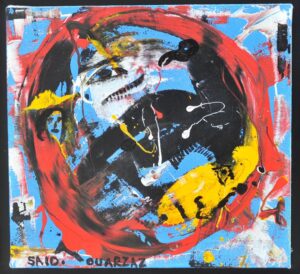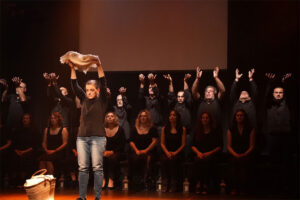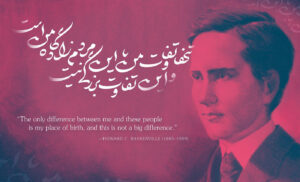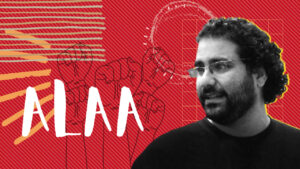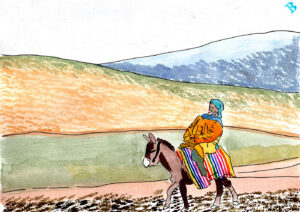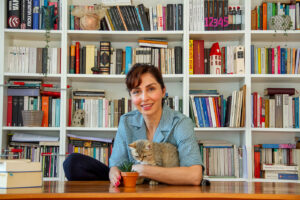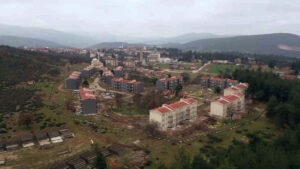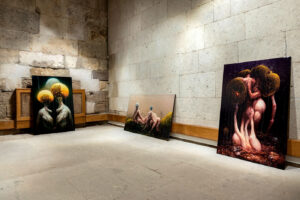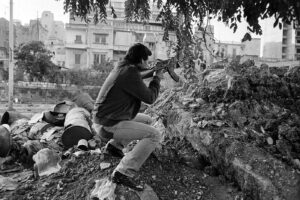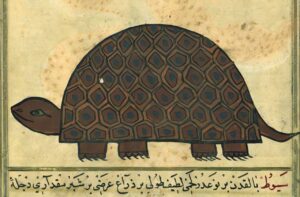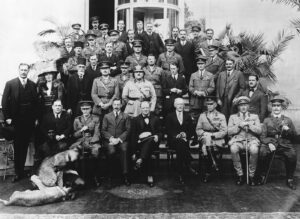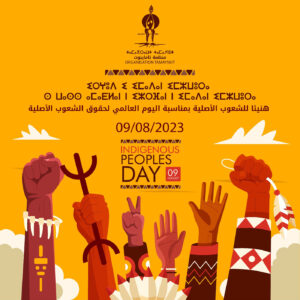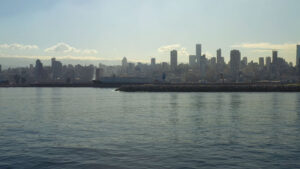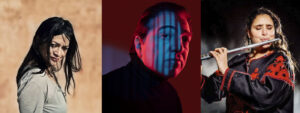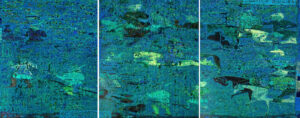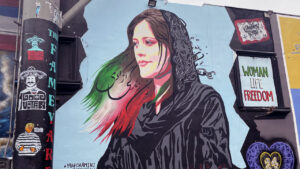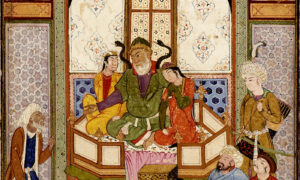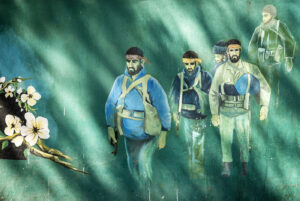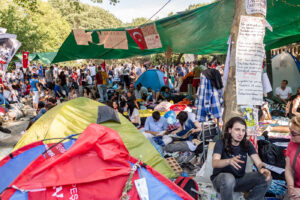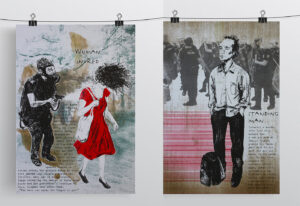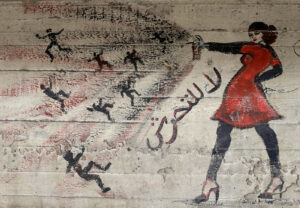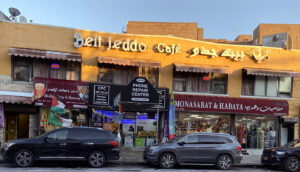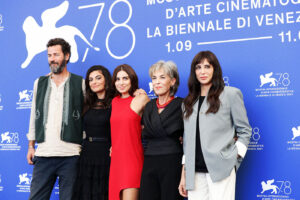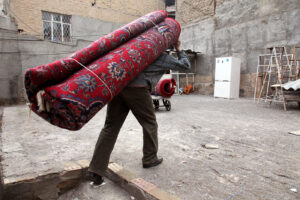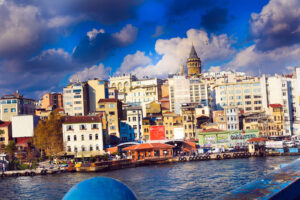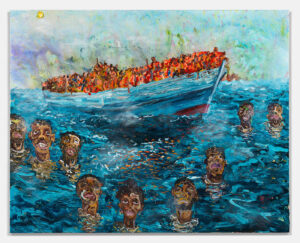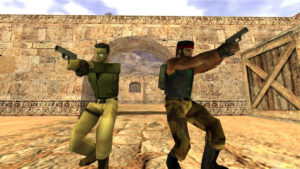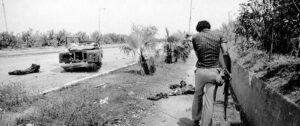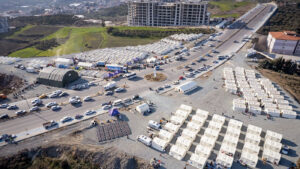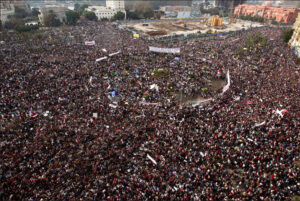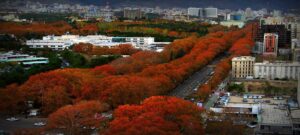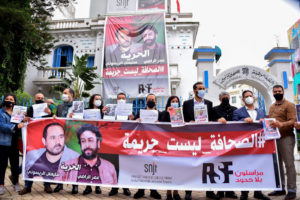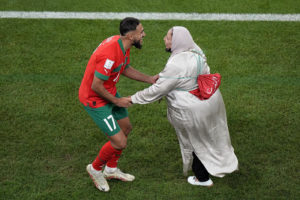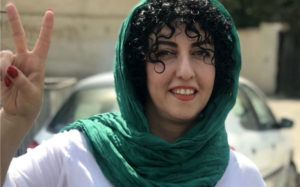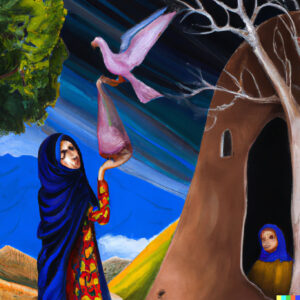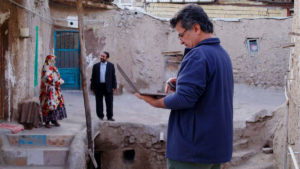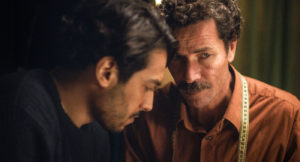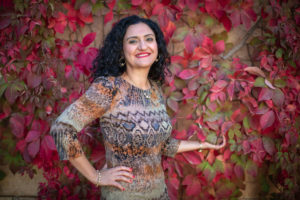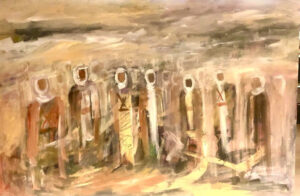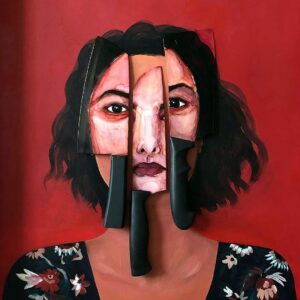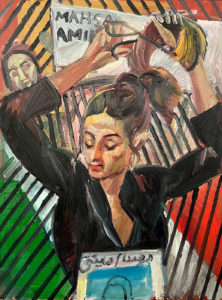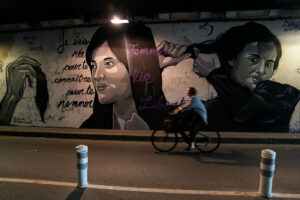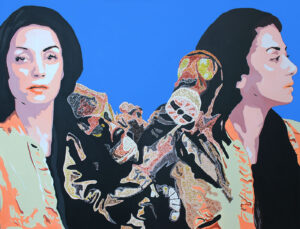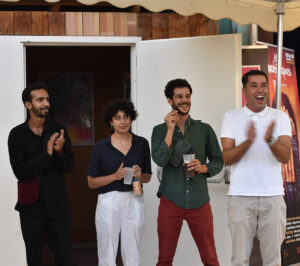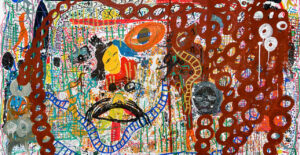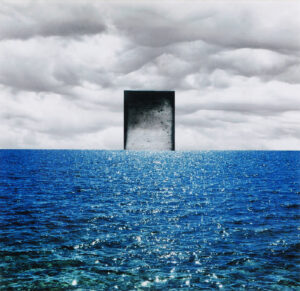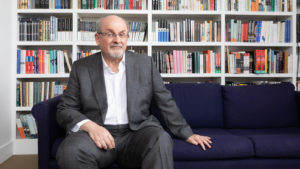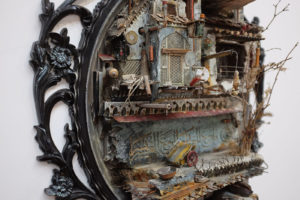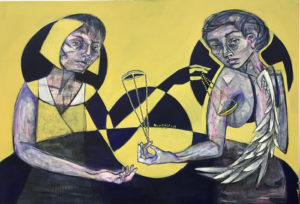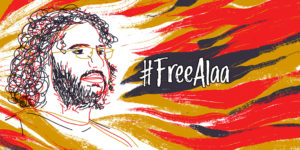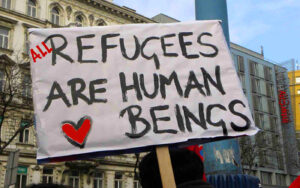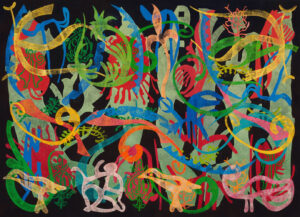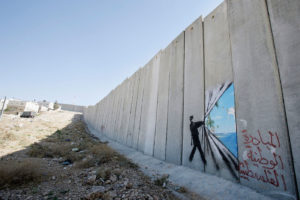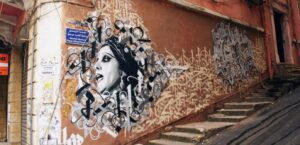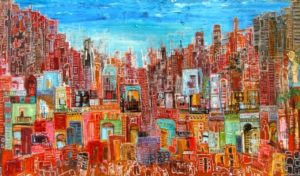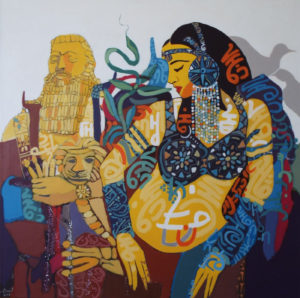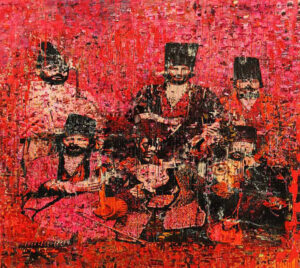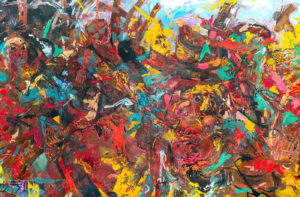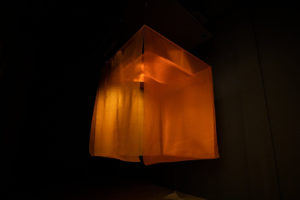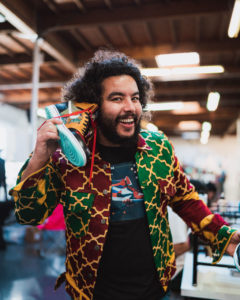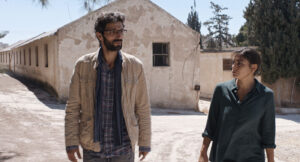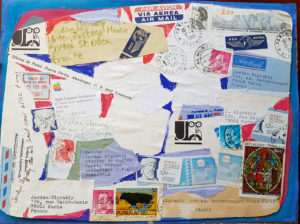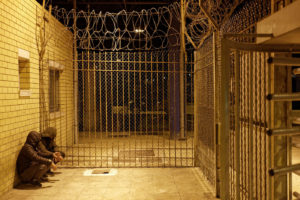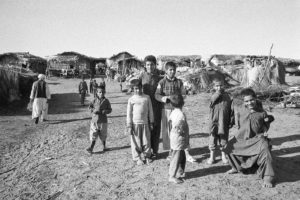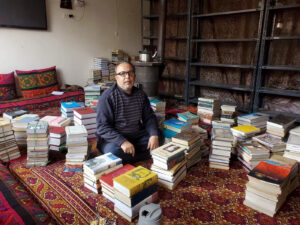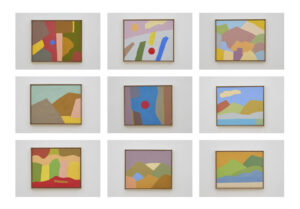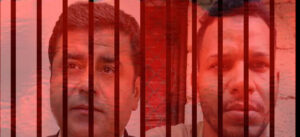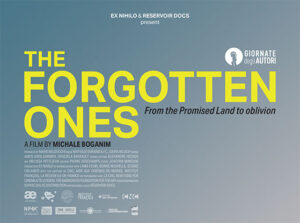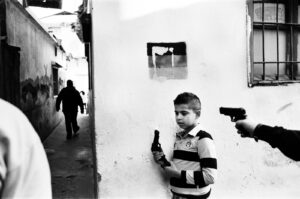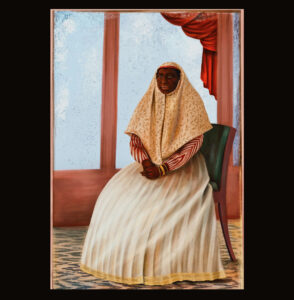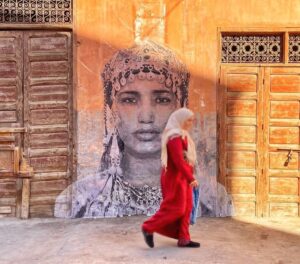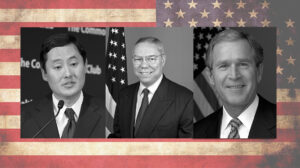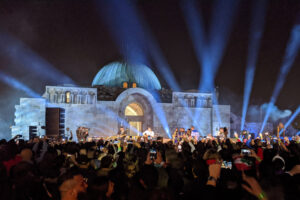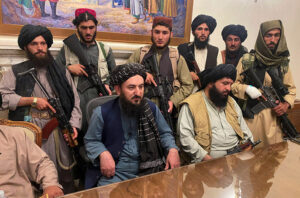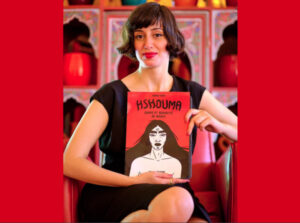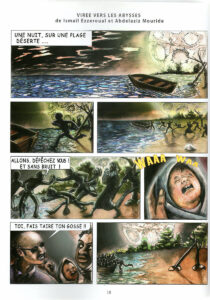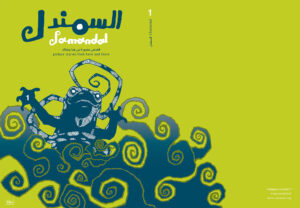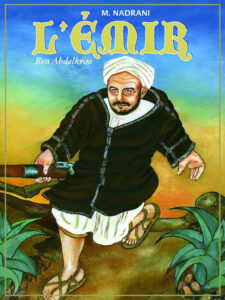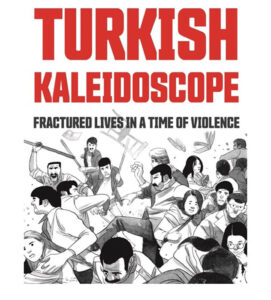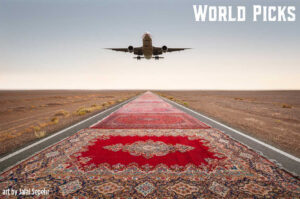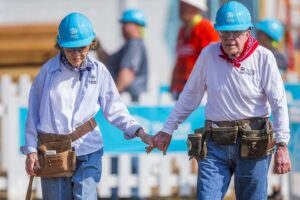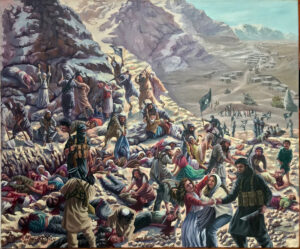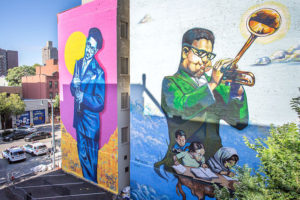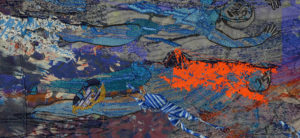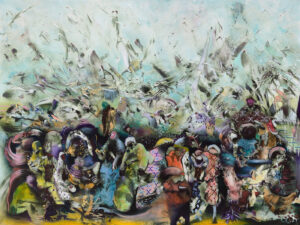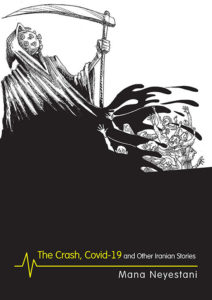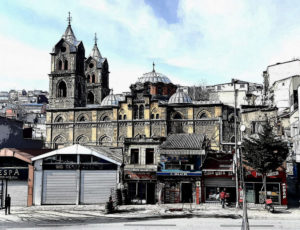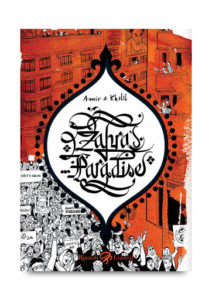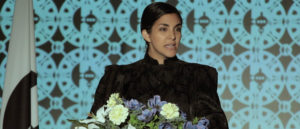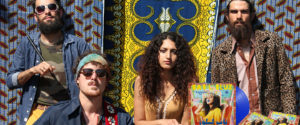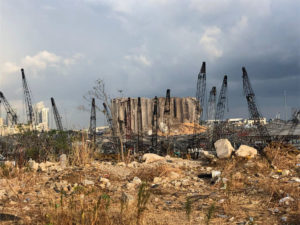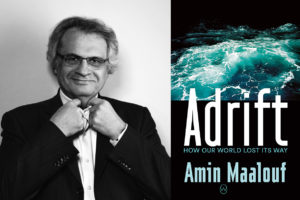Sherine Hamdy
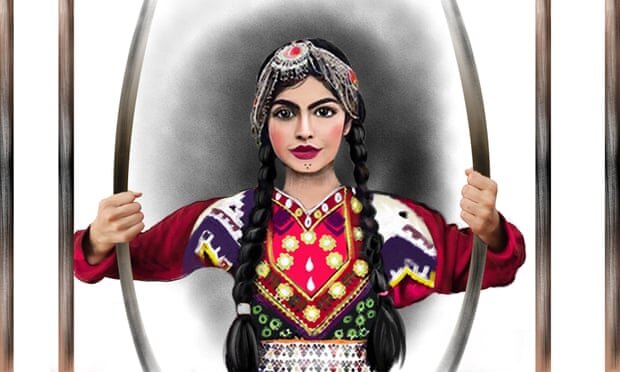
Whether to protest rape culture, corrupt regimes or the oppressive patriarchy, since the 2000s there has been a formidable growth in what women from the Middle East and in the diaspora have produced in comics, particularly with the popular uprisings that began in Iran in 2009, in the Arab world beginning in 2011, and Turkey in 2013. With the brief opening of social and cultural movements, the production of political cartooning expanded to include first-hand accounts of people from marginalized groups. These also included stories that expose the social forces of marginalization, and those produced by feminist and queer collectives to promote awareness. The genre has been taken up enthusiastically by Arab and other Middle Eastern artists who exploit the medium’s accessibility in order to influence contemporary visual culture.
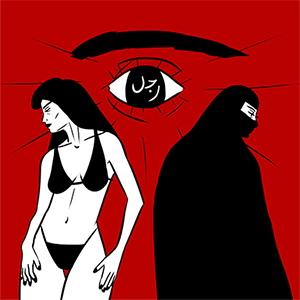
We recently saw the emergence of Herat-born cartoonist-illustrator Sara Barackzay, who grew up under the Taliban. Barackzay made headlines early in 2021 as the first-known Afghan woman comics artist, whose subjects include peace, war and women’s rights. “Afghan women try so hard – maybe even harder than others,” she explained to the Guardian, “to reach their goals…I always had big dreams, but fighting for them was never easy. Afghan women continue to face many limitations, and gaining my own freedom is possibly the biggest challenge I’ve faced – and it’s a struggle that continues.”
Barackzay may have been influenced by the preeminent forerunner in her region, Iranian-French cartoonist Marjane Satrapi, whose autobiographical Persepolis (2000) was perhaps the first book to tell the story in the first-person of a young Iranian woman breaking free from her social strictures. Happily, Satrapi’s rebellious spirit continues to cast a wide net of influence over other young women, driven to express themselves in the genre.
A case in point is Morocco’s Zainab Fasiki, a cartoonist and women’s rights advocate who calls herself an “artivist.” In response to sexism in the streets, Fasiki created the Women Power collective that encourages Moroccan women artists via workshops, which was honored by Amnesty International in 2018 on the International Day of Women Human Rights Defenders. In 2019 she published her first book, Hshouma, which argues for Moroccan women’s freedom and sexuality, often a taboo subject in observant Arab culture. Indeed, hshouma translates to taboo in Moroccan dialect, Darija. As Fasiki explains on her website:
In Morocco, nudity in art is still hshouma, as are many personal freedoms, and that is why I created this book…that explains gender identities, sexual orientations and bodies, which are taboo in Morocco — we cannot learn about them in school or in the family. Hshouma is above all a secular guide that details the body and sexuality in Moroccan culture with a religious neutrality — it is a call for tolerance to Moroccans to end extremism and violence based on gender, orientation and beliefs. Hshouma is the book I needed to read when I was 15. If I had, it wouldn’t have taken me years to understand myself in a society that penalizes many rights.
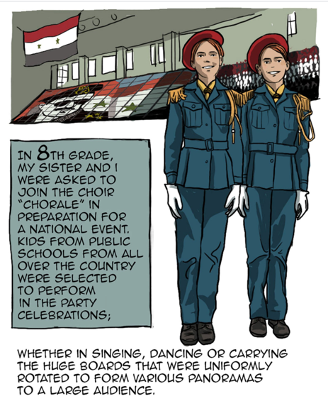
Contemporary comics counter misogynistic visual representations in a digestible way for Arab readers who are, as Jacob Høigilt noted, in “Egyptian Comics and the Challenge to Patriarchal Authoritarianism” (International Journal of Middle East Studies, 2017), overwhelmingly burnt-out by overt political demagoguery. Egyptian comics post-2011 “present a damning picture of the authoritarian, patriarchal order of contemporary Egyptian society…they criticize the marginalization of women and current gender dynamics…” Thus, for adult readers, comics are being used to creatively popularize information and politics, explore gender and sexuality issues, and challenge dominant discourses that naturalize hetero-patriarchy.
Particularly exciting is comics’ accessibility both in production and reception. Comics-making requires as little as a pen and paper, and can be passed from person to person without the use of technological apparati, or the infrastructure of public airwaves, broadcast stations, satellite channels, internet access, or film viewing devices.
Let’s briefly outline four major themes in the narratives of Middle Eastern women and genderqueer comic artists, focusing mostly on Middle Eastern comic artists in Anglophone publishing. This outline in no way compromises a comprehensive overview; most of these artists are in the diaspora and many have forged connections with comic artists based in the region.
The first theme includes personal accounts of the ravages of militarism and warfare — often, but not always, narrated from the perspective of a child. These include works featuring the effects of political conflict on Syria (Lina Ghaibeh 2017), Turkey (Samanci 2015; Sezen 2015), Iraq (Findakly and Trondheim 2017), Palestine (Abdelrazaq 2015; Ata 2017; Dabaie 2018), Egypt (Hamzeh and Tarzi n.d; Hamdy et al. 2017), and Lebanon (Abirached 2012, 2014, 2015; Merhej et al. 2015).
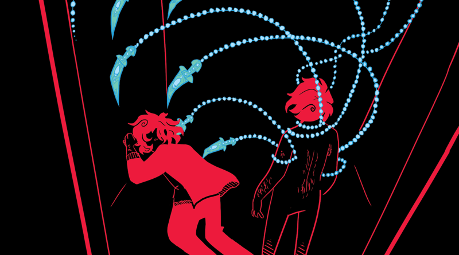
The second theme, graphic fiction, is emergent, particularly in book-length forms. Most notable here are the works of Deena Mohamed (Al Qahera, and Shubeik Lubeik) as well as Iasmin Omar Atalla’s Mis(h)adra and the forthcoming collaboration Jabs, which I wrote with illustrator Myra El Mir, who has illustrated several books published in the Arab world, including two books by Samar Mahfouz Barraj: Khatt Ahmar (Red Line) (Dar al Saqi Press), which won the Arab21 award in 2015, and Ummi wal-tadkhin (Mom Smoking) (Asala Press) which was shortlisted for the Etisalat Award in 2012. Myra has also worked on animation, including The Adventures of Salwa, a Lebanese campaign against sexual harassment that aired on Lebanese television and cinema.
The third theme I loosely call feminist pedagogy — comics that explicitly convey information about gender inequality in order to raise awareness. These include publications by researchers from the Cairo-based Women and Memory Forum, such as Madkhal ila qadaya al-mar’a fi sutur wa suwar (Kamal 2002). Manal Hamzeh, an Arab academic researcher based at New Mexico State University, worked collaboratively with the Silk Road theatre team in Chicago to produce an 11- minute animation (featured at the top of this overview), based on her academic text Pedagogies of Deveiling (Hamzeh 2012), The Four Hijabs (2016) in an online open-access site.
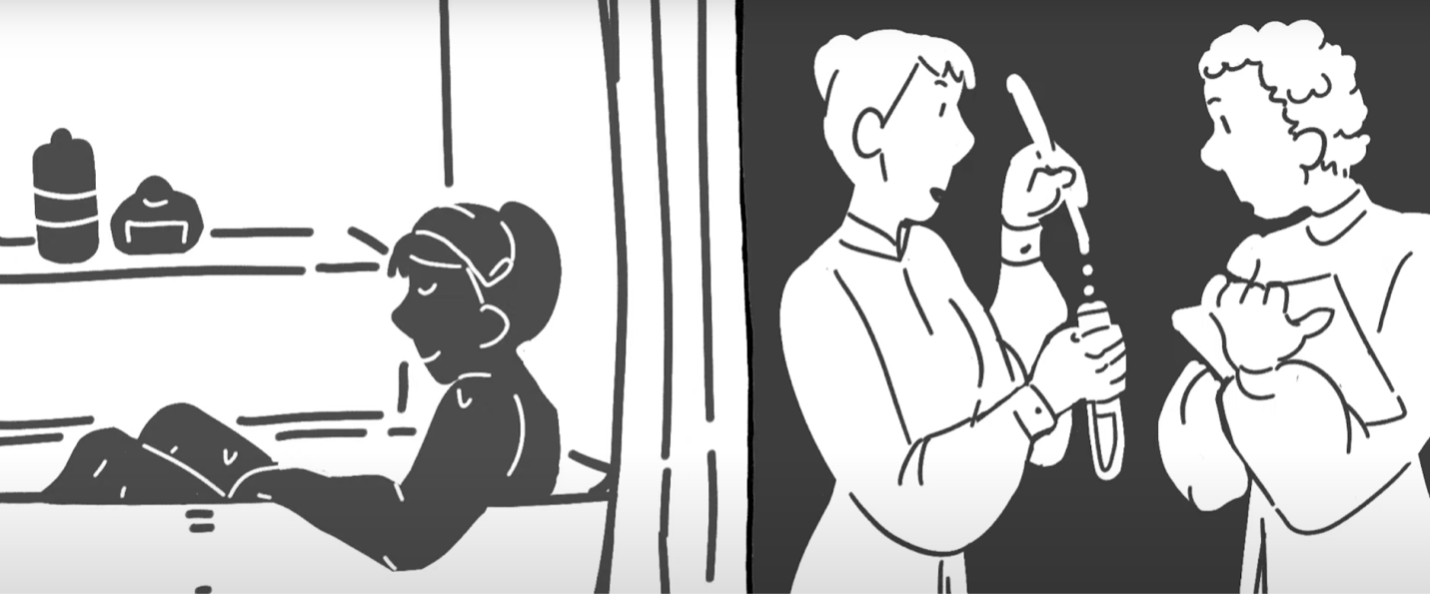
More recently, Manal Hamzeh collaborated with Egyptian artists to depict oral histories of women surviving mass sexual assaults in the political upheavals in Egypt between 2011-2013 in the stunning work Three Women of Tahrir.
The book Lissa: a Story of Friendship, Medical Promise, and Revolution, is a work I cowrote with Coleman Nye, illustrated by Sarula Bao and Caroline Brewer (University of Toronto Press, 2017). Lissa is the first publication in a new series from UTP called ethnoGRAPHIC. The feminist themes of the book are evident in the content but also undergird the methodology as its producers echoed the solidarity and collaboration between the two fictional protagonists — Layla and Anna — through the co-writing, co-illustrating, and cross-disciplinary nature of the project.
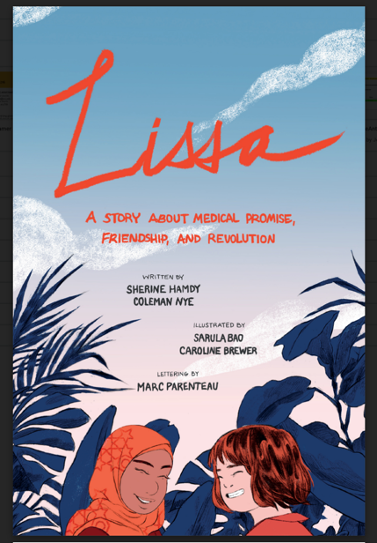
The Lissa team was mindful of the ways in which we were broadening the genres of both ethnography and comic narrative. We wrote and spoke reflexively about the “behind the scenes” process of its creation (also resulting in a documentary film The Making of Lissa — which included the Lissa team’s visit to Cairo’s feminist Women and Memory Forum — and a digital archive at lissagraphicnovel.com).
The fourth grouping includes alternative or self-publications, either individually online, such as Deena Mohamed’s extraordinarily well-received Al Qahera, which features a superheroine who rescues victims of sexual violence in Cairo, or as the product of collective grassroots initiatives. These have the advantage of potentially bypassing the gatekeepers of corporate publishing, relying in some cases on donor funding for civil society organizations targeting gender issues. In Egypt, for example, the feminist organizations “Women and Memory Forum,” “Nazra,” and “Wla Wogoh Okhra” have all published feminist comics collaboratively via their own publication venues, bypassing mainstream industry.
In the U.S., an Arab group of feminist comic artists similarly created their own collective alternative publishing venue, Maamoul Press. In this sense, collective creations supported by feminist funding allow for various and diverse female and genderqueer voices. Small alternative presses have provided outlets for material that has been difficult to locate in mainstream publishing houses in the U.S. as well, such as Dabaie’s The Hookah Girl (2018) and Abdelrazak’s Badawwi (2015). Some cases, such as Hoda Fahmy’s Yes, I’m Hot in This, originated as webcomics and later found corporate publication venues.
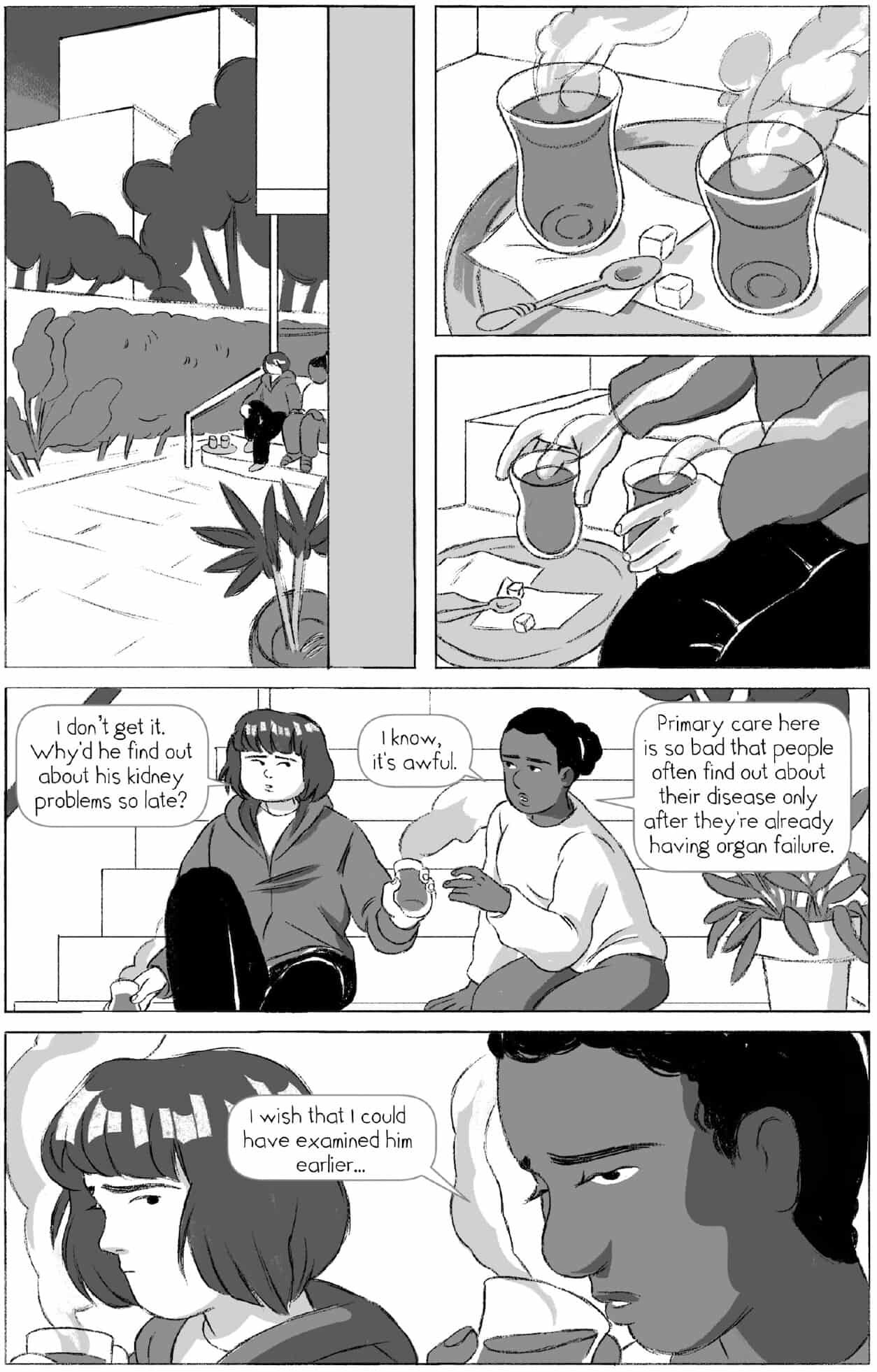
In Lebanon, a grassroots group of feminist activists launched The Adventures of Salwa, mentioned above, in 2010, which is both a comics and animation series, directly drawn from discussion groups of young women narrating their own experiences of sexual harassment. Sexual harassment was also the subject of Shakmagia’s first issue (2014). Self-published by Cairo-based Nazra for Feminist Studies in 2014, Shakmagia is a collection of stories exploring violence and sexual harassment against women at a time when Egyptian society was forced to face the issue.
We have been impressed with the ways that collectives work together to surmount seemingly closed channels for dissemination. Feminist and queer comic art collectives, such as the Palestinian Terwiha (n.d.), or the Lebanese Kika fil Madina (2019) have also adapted the use of platforms such as Instagram, that were originally designed for individual creators. Wlaha Wogoh Okhra (n.d.) published print volumes of a a comics anthology (previously available on their website) in a celebration of the 5th-year anniversary of the organization, while Terwiha and Kika fil Madina digitally post their serialized comics periodically: Terwiha is supported by the LGBTQ rights organization Al-Qaws, whereas Kika Fil Madina is published anonymously by a group of six creators, mostly women and genderqueer people in Beirut.
Comics works such as these, created in activist settings outside of traditional publishing structures, offer more diverse people the opportunity to have a voice in the genre, especially in contexts in which there is little to no support for the arts or for women’s work. At the same time, the potential virality of web-based publications allows for the possibilities of a single contributor, to bypass a collective press and have a large impact, such as the previously mentioned Qahera by Deena Mohamed.
Whether online or in print, I urge readers to discover the treasure trove of works now coming out of the region, including the works of Sudanese doctor and comic artist Alaa Musa, Lebanon-based Rawand Issa, Samandal, Toktok, Garage, Kharabish Nisawiyya, the Egyptian political cartoonist Doaa el Adl, and many other emerging voices.
Further Reading
- Abdelrazaq, Leila, Baddawi, 2015, Charlottesville, VA: Just World Books.
- Abirached, Zeina, A Game for Swallows: To Die, to Leave, to Return, 2012, translated by Edward Gauvin. Minneapolis, MN: Graphic Universe, and I Remember Beirut, 2014, translated by Edward Gauvin. Minneapolis, MN: Graphic Universe.
- amandaaba. 2010. “The Adventures of Salwa.” YouTube, 9 March 2010. https://www.youtube.com/watch?v=2Zt1IZGROmk.
- Ata, Iasmin Omar, Mis(h)adra, 2017, New York: Simon and Schuster.
- Chute, Hillary, Why Comics: From Underground to Everywhere, 2017, New York: Harper.
- Dabaie, Marguerite, The Hookah Girl and Other True Stories, 2018, Greenbelt, MD: Rosarium Publishing.
- Demrdash, Dina. 2013. “Egypt’s New Hijab-clad Superheroine,” 2013, British Broadcasting Corporation.
- Dragone, Francesco, The Making of Lissa, 2017, Vimeo, 22 November 2017.
- Elsadda, Hoda, Omaima Abou-Bakr, Rainia Abdel-Rahman, Hala Kamal, Hoda Sahar, and Hoda El-Saadi, An Introduction to Women’s Issues in Words andImages, 2002, illustrated by Maher Sabri, and Sara Enani. Cairo: Women and Memory Forum.
- Elsadda, Hoda and Elbendary, Amina, Introduction to Islamic Endowments, 2006, Cairo: Women and Memory Forum.
- Fahmy, Huda, Yes I’m Hot in This: The Hilarious Truth About Life in a Hijab, 2018, New York: Adams Media.
- Findakly, Brigitte and Lewis Trondheim, Poppies of Iraq, 2017, translated by Helga Dascher. Montreal: Drawn & Quarterly.
- Ghaibeh, Lina, “An Education in Fear,” 2017, The Nib.
- Guyer, Jonathan, “From Beirut: The Origin Story of Arab Comix,” 2015, Institute of Current World Affairs, and “Understanding Arab Comics,” 2016, Los Angeles Review of Books.
- Hamdy, Sherine and Mona Damluji, “Reflections on Arab Comics: 90 Years of Popular Culture,” 2015, Teaching Culture.
- Hamdy, Sherine and Myra El Mir, forthcoming. Jabs. New York: Penguin.
- Hamdy, Sherine and Soha Bayoumi, “Egypt’s Popular Uprising and the Stakes of Medical Neutrality,” 1016, Culture, Medicine, and Psychiatry 40: 223–41.
- Hamdy, Sherine, Sarula Bao, Caroline Brewer, and Coleman Nye, Lissa: A Story of Friendship, Medical Promise, and Revolution, 2017, North York, Ontario: University of Toronto Press.
- Hamzeh, Manal, Pedagogies of Deveiling: Muslim Girls and the Hijab Discourse, 2017, Charlotte, NC: Information Age Publishing, and The Four Hijabs, 2016 directed by Liz Wuerfeel, and Three Women of Tahrir, 2017.
- Høigilt, Jacob, “Egyptian Comics and the Challenge to Patriarchal Authoritarianism,” 2017, International Journal of Middle East Studies 49 (1): 111–31.
- Merhej, Lena, “Manal and Alaa: A Love Story,” 2015, in Muqtatafat, edited by David Lewis, Anna Mudd, and Paul Beran. Ninth Art Press.
- Mohamed, Deena, Qahera, 2013–20, and forthcoming. Shubeik Lubeik, New York: Pantheon.
- Nazra for Feminist Studies. 2014. Shakmagia (Jewelry Box). Cairo: Nazra for Feminist Studies.
- Rollman, Hans, “Is ‘Lissa’ a Trailblazer in Bridging Academia and Comics?” 2018, PopMatters.
- Rosenberg, Al, “Diversity in Muslim Superheroes: The Webcomic Qahera,” 2015, Women Write About Comics.
- Samanci, Özge, Dare to Disappoint: Growing up in Turkey, 2015, New York: Farrar, Straus, and Giroux.
- Satrapi, Marjane, Persepolis: The Story of a Childhood, 2000, translated by L’Association. New York: Pantheon, and Persepolis 2: The Story of a Return, 2004, translated by Anjali Singh. New York: Pantheon.
- Sezen, Beldan, Snapshots of a Girl, 2015, Vancouver, BC: Arsenal Pulp Press.



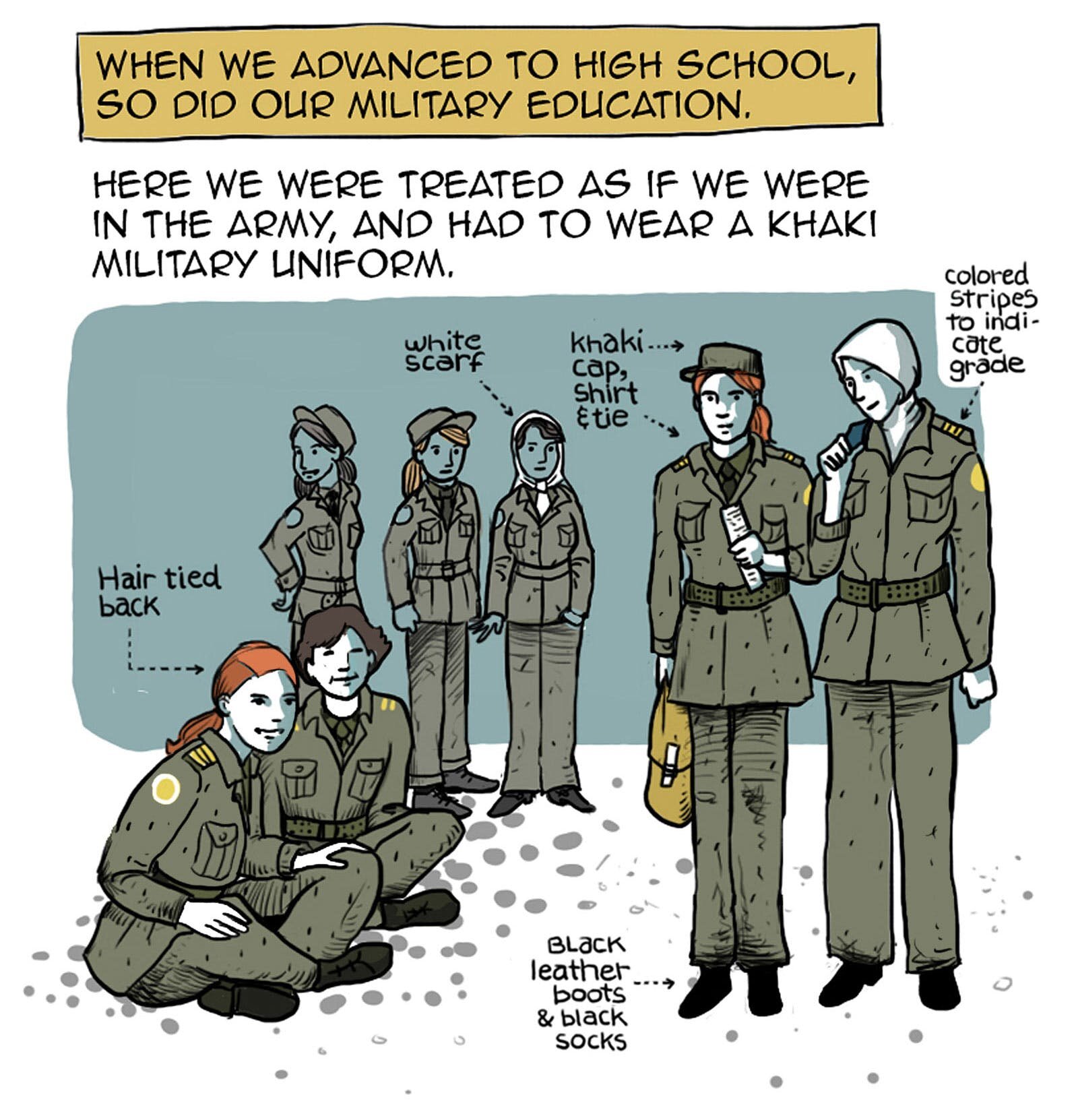
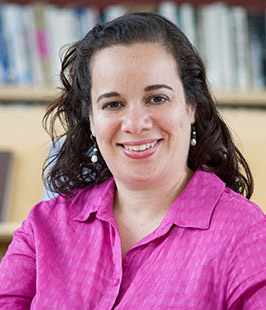
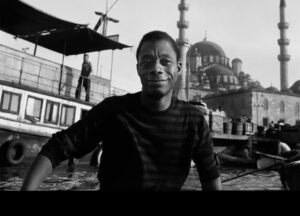
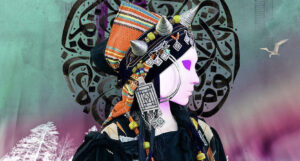

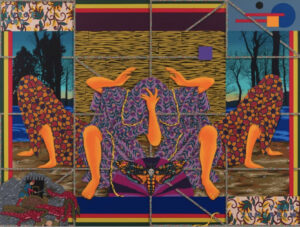
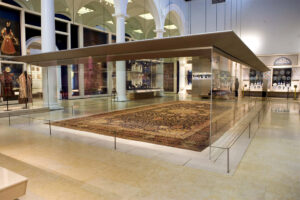

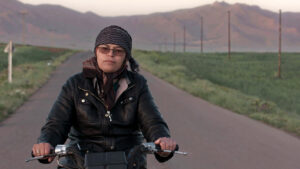
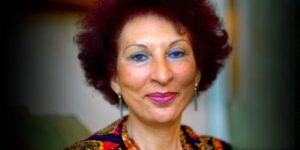
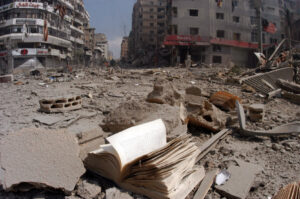
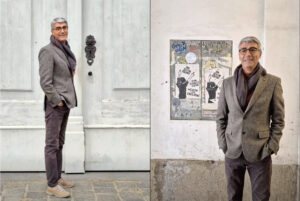

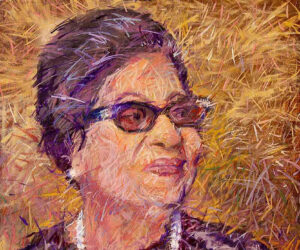
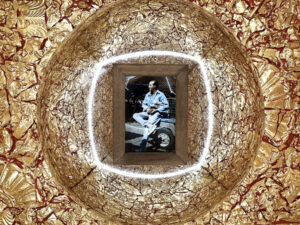
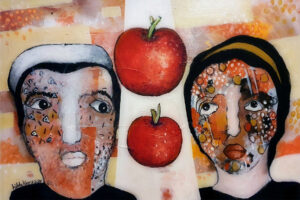
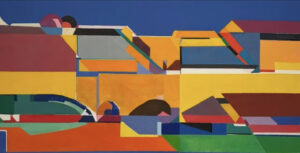
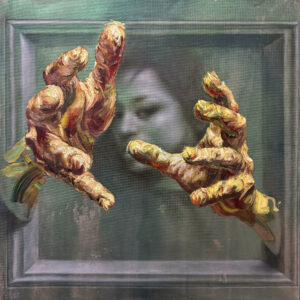
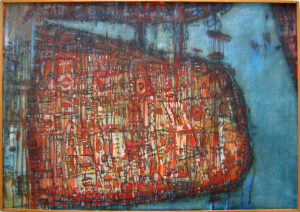
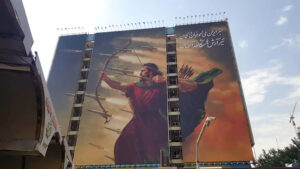
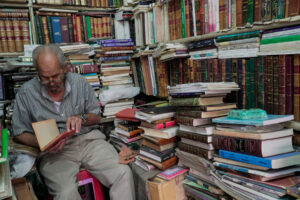
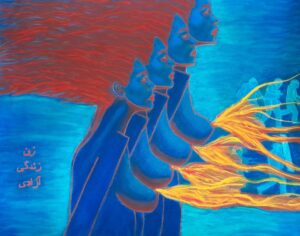
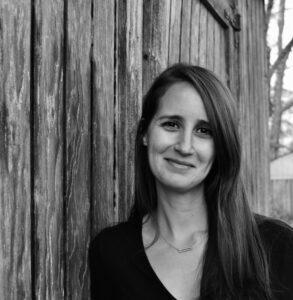
![Ali Cherri’s show at Marseille’s [mac] Is Watching You](https://themarkaz.org/wp-content/uploads/2025/09/Ali-Cherri-22Les-Veilleurs22-at-the-mac-Musee-dart-contemporain-de-Marseille-photo-Gregoire-Edouard-Ville-de-Marseille-300x200.jpg)
